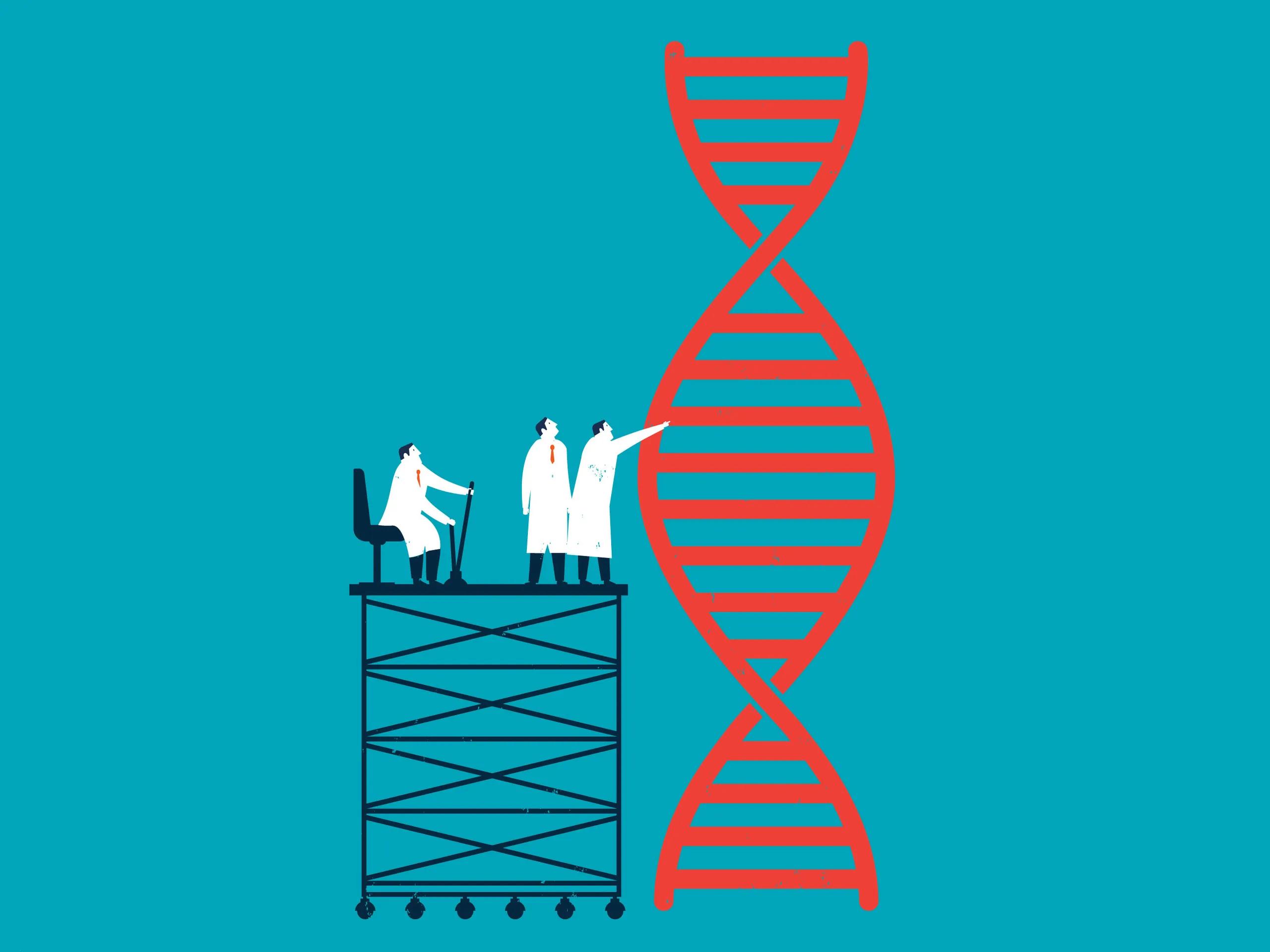
Gene mutations are changes in the DNA sequence that can have a significant impact on how living organisms develop and function. These mutations can occur naturally or be triggered by environmental factors like chemicals and radiation. Understanding the different types of gene mutations is essential for grasping their effects on health and disease.
Types of Gene Mutations
Point Mutations: These involve a change in a single nucleotide in the DNA sequence. They can be categorized into three types:
Silent Mutations: These do not alter the protein produced. For example, a change from GAA to GAG still results in the same amino acid, glutamic acid. Although silent, they can sometimes influence how genes are expressed.
Missense Mutations: These result in a different amino acid being added to the protein. A classic example is sickle cell anemia, where the mutation changes GAG (glutamic acid) to GTG (valine), leading to problems with hemoglobin and various health issues.
Nonsense Mutations: These introduce a premature stop signal in the protein-making process. For instance, a change from UAC (tyrosine) to UAA (stop codon) results in a shorter and often nonfunctional protein.
Insertions and Deletions (Indels): These mutations involve adding or removing nucleotide bases from the DNA sequence. Even a single base change can have a significant effect on how a gene functions.
Frameshift Mutations: These occur when insertions or deletions shift the reading frame of the genetic code. This shift can result in a completely different protein being produced, often leading to nonfunctionality.
Copy Number Variations (CNVs): CNVs refer to changes in the number of copies of specific genes. Duplications can lead to an excess of proteins, which may contribute to health issues, including certain cancers.
Inversions: These mutations happen when a segment of DNA is reversed within a chromosome. This can disrupt normal gene function and may affect reproduction.
Translocations: This type of mutation involves segments of DNA being moved between different chromosomes. This rearrangement can disrupt normal gene activity or create new genes that might cause diseases.
Expanding Repeats: These mutations involve sequences of DNA that are repeated multiple times. Disorders like Huntington’s disease are caused by these repeats, leading to the production of harmful proteins that damage brain cells.
The Importance of Genetic Testing
Genetic testing plays a crucial role in identifying gene mutations and understanding their health implications. It can help diagnose genetic disorders, determine if someone is a carrier of a mutation, and predict the risk of developing certain conditions. Additionally, genetic testing allows healthcare providers to choose the most effective medications based on a patient’s genetic profile, improving treatment outcomes.
The connection between gene mutations and genetic testing is essential for personalized medicine. As technology advances, our ability to detect and analyze these mutations enhances, leading to better health outcomes and informed decisions.
In conclusion, gene mutations are a fundamental aspect of genetics that influence many areas of life. By learning about the various types of mutations and the importance of genetic testing, we can improve healthcare and deepen our understanding of human health. This knowledge paves the way for personalized treatments tailored to each individual’s unique genetic makeup, ultimately enhancing health and well-being.

















Write a comment ...